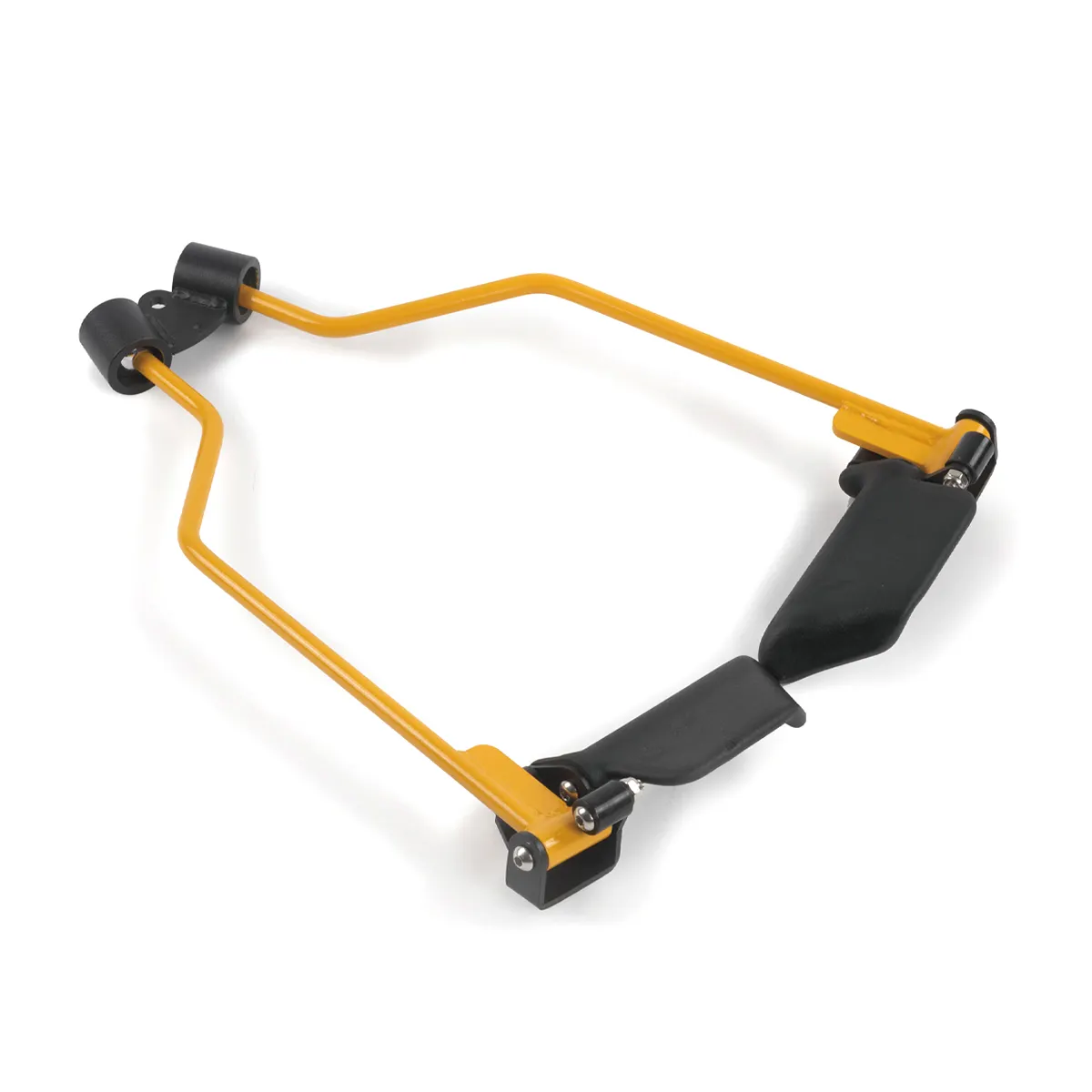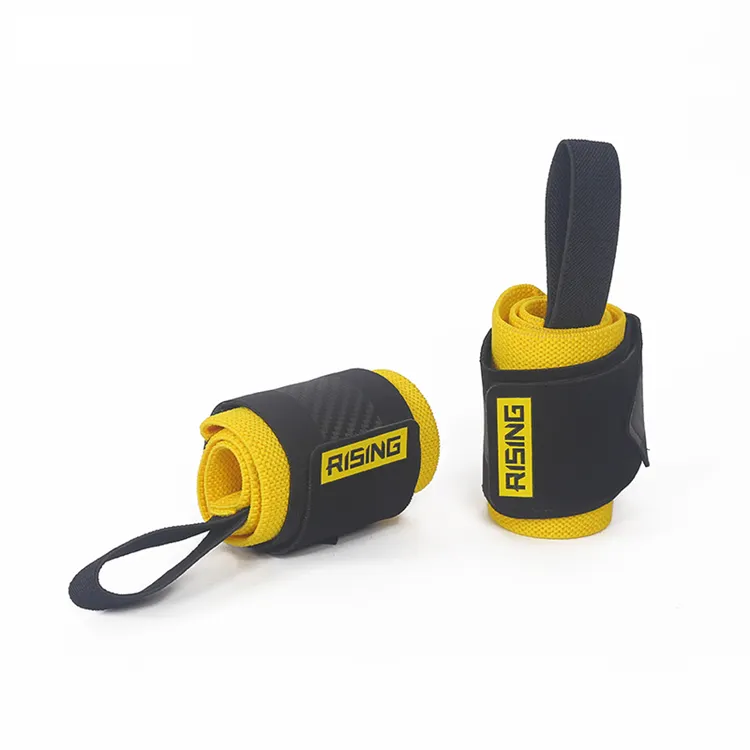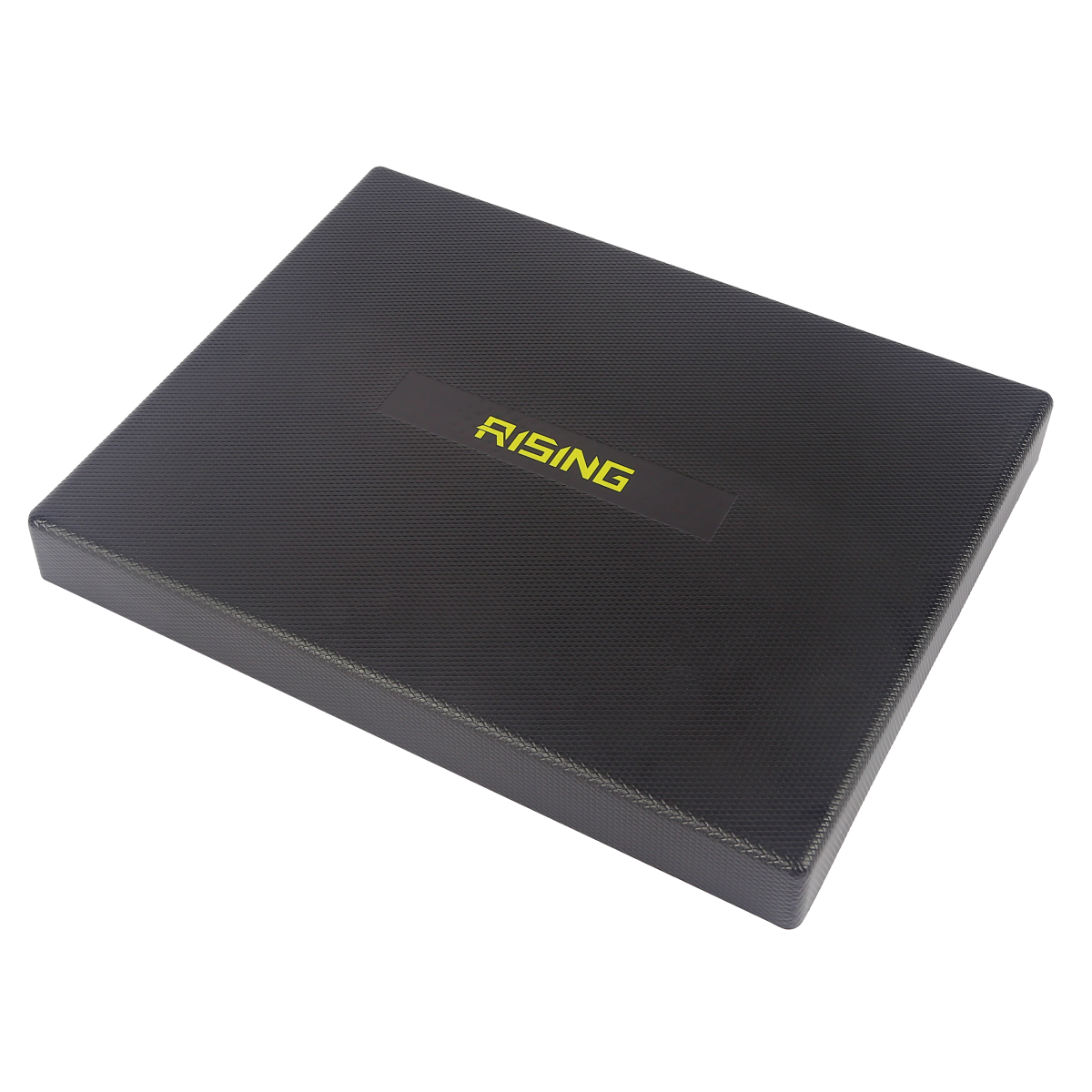types of yoga mats
Yoga mats come in various types designed to enhance your practice and provide optimal support. The most common varieties include natural rubber mats, TPE (Thermoplastic Elastomer) mats, PVC mats, cork mats, and jute mats. Natural rubber mats offer excellent grip and eco-friendly properties, making them ideal for intense practices. TPE mats combine durability with environmental consciousness, featuring closed-cell technology that prevents bacteria growth. PVC mats, while less eco-friendly, provide exceptional durability and cost-effectiveness. Cork mats stand out for their natural antimicrobial properties and excellent traction that improves with moisture. Jute mats offer a unique combination of sustainability and texture, providing natural grip through their organic fibers. Modern yoga mats incorporate advanced features like alignment markers, reversible surfaces with different textures, and varying thickness options ranging from ultra-thin travel mats (1-2mm) to thick cushioned mats (6-8mm). The technology behind these mats has evolved to address specific needs, such as moisture-wicking surfaces for hot yoga and enhanced cushioning for joint protection.


